Rutabaga is not recommended for growing in the south. This culture is for the northern regions of Russia, a lover of moderate temperatures. It is difficult to establish the exact origin. Among its “ancestors” are supposedly spring rape, rapeseed, turnip, and cabbage. There is a version that rutabaga is a hybrid of turnips with various types of cabbage.
But in any case, this is another representative of the cruciferous (cabbage) family and is distinguished by its rich content of nutrients.
It contains more vitamin C than carrots, beets and even cabbage. Contains dry substances, sugars, proteins, fiber, essential oils. Rutabaga mustard oils have bactericidal properties. Its juice can be used to treat burns and other wounds.
How to grow good rutabaga
The agricultural technology of rutabaga is simple, but when grown in a warm, dry climate, the root crops turn out to be woody and tasteless. The growing season for this crop is 100-120 days, and in the southern regions, even with early spring sowing (and its seeds germinate already at +2 +3 degrees), the growth period of root crops occurs in hot, dry weather, and they turn out to be very hard.
You can get away from the heat by sowing seeds in the second half of summer, as we do when growing other cruciferous vegetables: cauliflower and broccoli, daikon, radish, turnips. In this case, at least the final period of the rutabaga growing season will be in comfortable weather for it - +15 +18 degrees.
Sowing in the second half of summer is more favorable than spring also because it continues to grow root crops even after the first frost. The main thing is to protect summer-sown rutabaga immediately after emergence from the cruciferous flea beetle, which is especially aggressive and insatiable during the hot season. You can scare it away by sprinkling the garden bed with wood ash.
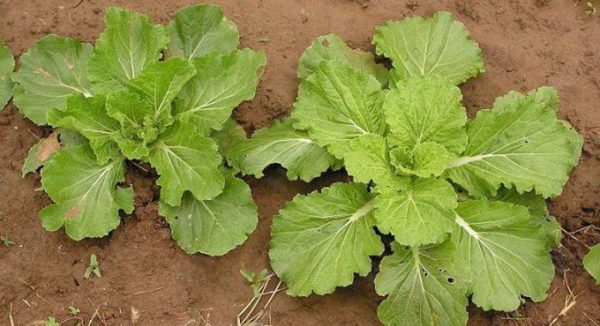
Growing rutabaga
Spring sowing will give results only if spring is early and the soil allows you to sow rutabaga as early as March - at the same time as carrots for early consumption.
Rutabaga is also grown through seedlings. By the time of planting, the seedlings should have 3-4 true leaves (35-45-day seedlings). This will give the plants a run and allow them to form a harvest before the heat comes.
Where and how to plant rutabaga
Rutabagas are best grown in loamy or sandy loam soils.On poor sandy lands it is unlikely to be productive even with the most careful care.
The area allocated for cultivation is improved with humus and compost. You can add a little complex fertilizer with a low nitrogen content (1-2 tablespoons per sq. m). Excess nitrogen fertilizers impairs the shelf life of root crops. Rutabaga is responsive to potash fertilizers.
You can sow rutabaga after any vegetables except cruciferous vegetables (cabbage, radish, radish, daikon). And, of course, you cannot get a harvest without timely watering: the soil in the garden bed should not dry out. Lack of moisture combined with high temperatures affects the quality of root crops: they grow small, rough, and tasteless.
Seeds are planted to a depth of 1.5-2.5 cm: deeper on loam, shallower on sandy loam. At the stage of 3-4 true leaves, the seedlings are thinned out, increasing the distance between plants to 15 cm.
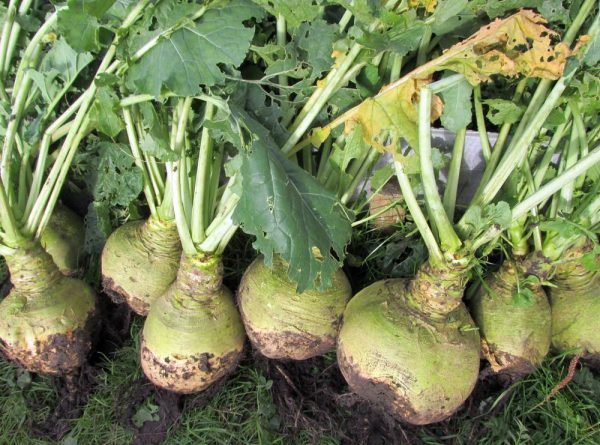
Grown root vegetables
At the first stage of development rutabaga needs to be given an impetus for growth, so it is advisable to feed it with organic infusions (mullein, green grass - 1:10) or a solution of complex mineral fertilizer (1 tablespoon per sq. m).
During the formation of root crops fed with phosphorus-potassium fertilizers. Harvest before the onset of stable frosts.
Rutabaga is valuable because its rich, tasty root vegetable stores well and can be on the menu all year round. Root vegetables and leaves are eaten with pleasure by barnyard dwellers. True, rutabaga should not be given to cows in large quantities (the milk will have an unpleasant aftertaste).
Rutabaga varieties with photos and names
Krasnoselskaya
Krasnoselskaya - mid-early ripening variety
- Root crops are fully formed in 90-120 days
- The pulp is yellow, sugary
- Weight ranges from 300 to 600 grams
- Has good keeping quality
Novgorodskaya
Novgorodskaya - mid-season variety.
- Full maturity occurs after 120 days
- The pulp is yellow, very juicy and tender
- Root vegetables grow weighing about 400 grams
- Productivity 4-5 kg. with 1 m²
Vereiskaya
Vereiskaya - mid-early variety.
- The harvest begins to be harvested within 80-90 days
- The pulp is tender, juicy, with good taste
- Weight of root vegetables 250-300 grams
- Productivity 3-4 kg. with 1 m²
Hera
Hera - mid-early variety.
- The harvest can be harvested 85-90 days after germination
- The pulp has a good taste, juicy and tender
- Each root vegetable weighs approximately 300-400 grams
- Productivity up to 4-4.5 kg. with 1 m²
bright dream
bright dream - the earliest variety.
- Technical ripeness occurs within 65-70 days
- The pulp is tender, juicy, yellow in color
- Weighing up to 300-500 grams
- The yield is 2.5-3.5 kg. with 1 m²
Child love
Child love - mid-season in terms of ripening.
- Technical ripeness occurs 90-120 days after germination
- The pulp is yellow, juicy
- Root crops grow weighing 350-400 grams
- Productivity reaches up to 6 kg. with 1 m²
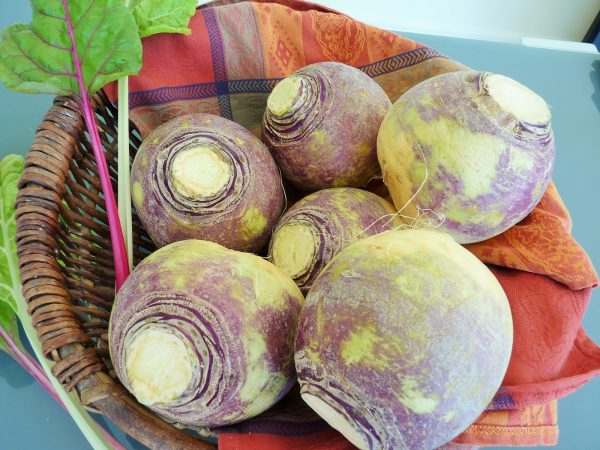

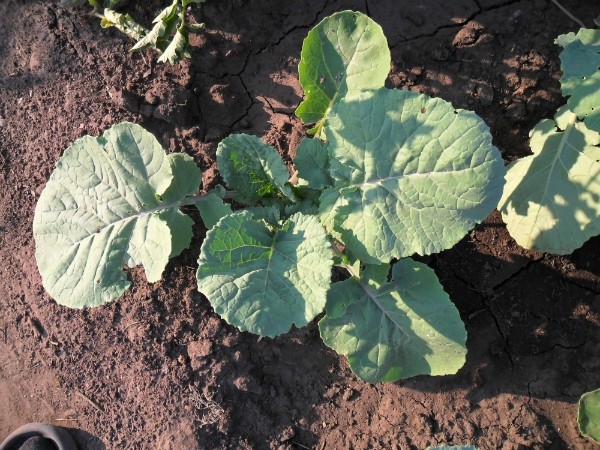
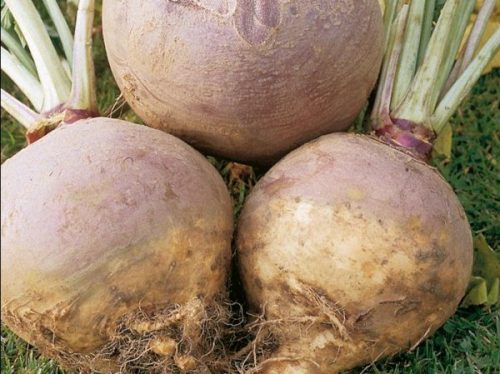
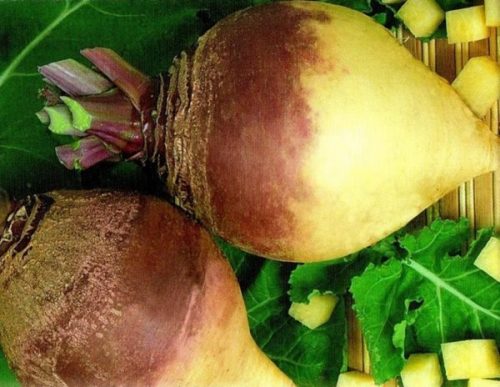
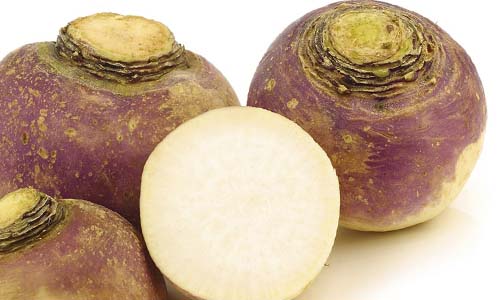
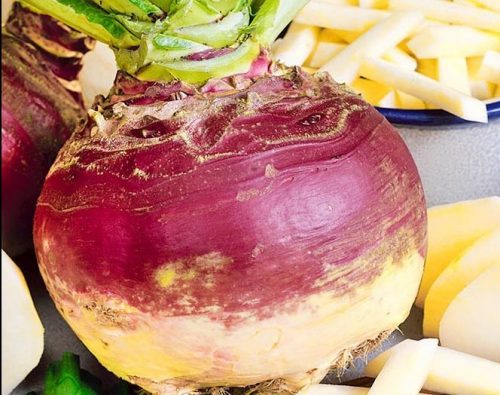
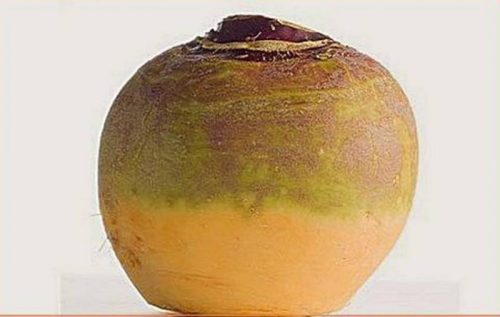
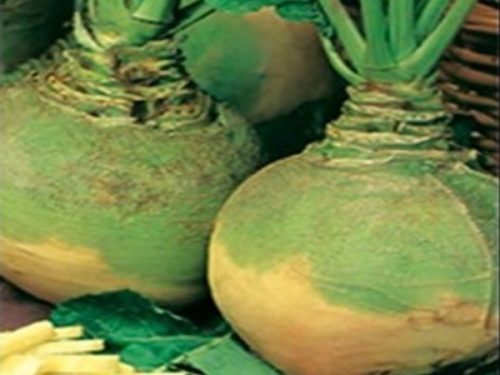

 CUCUMBERS NEVER GET SICK, I'VE BEEN USING ONLY THIS FOR 40 YEARS! I SHARE A SECRET WITH YOU, CUCUMBERS ARE LIKE THE PICTURE!
CUCUMBERS NEVER GET SICK, I'VE BEEN USING ONLY THIS FOR 40 YEARS! I SHARE A SECRET WITH YOU, CUCUMBERS ARE LIKE THE PICTURE! You can dig a bucket of potatoes from each bush. Do you think these are fairy tales? Watch the video
You can dig a bucket of potatoes from each bush. Do you think these are fairy tales? Watch the video
 How our fellow gardeners work in Korea. There is a lot to learn and just fun to watch.
How our fellow gardeners work in Korea. There is a lot to learn and just fun to watch. Eye trainer. The author claims that with daily viewing, vision is restored. They don't charge money for views.
Eye trainer. The author claims that with daily viewing, vision is restored. They don't charge money for views. A 3-ingredient cake recipe in 30 minutes is better than Napoleon. Simple and very tasty.
A 3-ingredient cake recipe in 30 minutes is better than Napoleon. Simple and very tasty. Therapeutic exercises for cervical osteochondrosis. A complete set of exercises.
Therapeutic exercises for cervical osteochondrosis. A complete set of exercises. Which indoor plants match your zodiac sign?
Which indoor plants match your zodiac sign? What about them? Excursion to German dachas.
What about them? Excursion to German dachas.